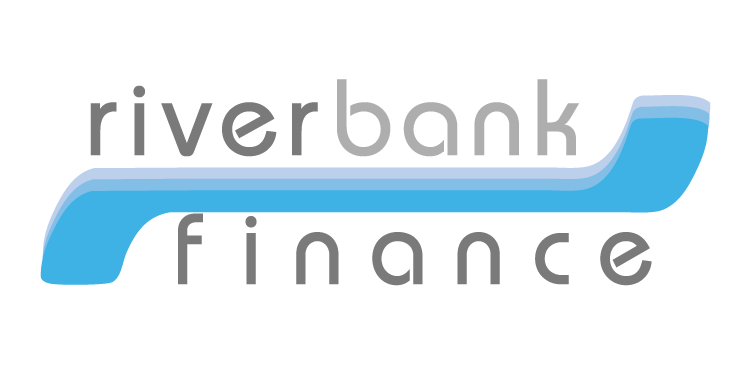Want to save money on your mortgage? Refinancing might be the best way to take advantage of the historically low rates. Depending on your goal, make make great financial sense to refinance your mortgage. Here’s what you need to know to make the best decision.
Benefits of Refinancing your Home Loan
Before you refinance your home loan, it is important to determine your financial goals. Do you want a lower interest rate? Do you want to change your adjustable rate mortgage to a fixed-rate mortgage? Do you want to pay off your loan in 15 years instead of 30? Do you want to lower your monthly payments? Did you know you can also refinance to consolidate a first and second mortgage? You can also extend your current loan to cash out if you want to start a business, help a family member in financial crisis, or go on an expensive vacation.
Do the math.
Ask your loan officer to help you figure out how much refinancing will cost you, and how much you’ll save over the long term. If refinancing will save you $200 per month, but you have to pay $2,000 in closing costs, you’ll break even in 10 months. How much longer do you plan to stay in the home? If you plan to stay there for more than 10 months, refinancing may be a good idea. If you’d like to move out sooner, the costs associated with refinancing may not be worth it. Also, if you lower your interest rate but extend your loan from a 15-year to a 30-year, you’ll lower your monthly payments but end up paying more interest over the life of the loan.
Talk to a loan officer to review your mortgage refinancing options.
If you decide refinancing is right for you, start by calling loan officer. He or she may be able to save you on closing costs and other fees by recommending a loan program specifically for your situation. Before you start the process it is important to do your research to find the best loan option to meet your goals. Do not just settle for what your current bank offers just because you have a car loan or checking account there; let your lender know that you’re shopping for mortgages so you can make an informed decision and perhaps he or she will find a way to offer a better deal.
Know your refinancing options.
Find out if you are eligible for any special refinance programs that may benefit you over the standard refinance mortgage. For example, if you currently have an FHA loan, you may qualify for an FHA streamline refinance, which would allow you to refinance with no appraisal, no income, and little to no closing costs. If you currently have a conventional mortgage, you may qualify for the Home Affordable Refinance Program (HARP), which may allow you to refinance, regardless of your home’s value, with no out-of-pocket costs.
Expect to gather documentation and paperwork.
Refinancing your home loan is a process that usually comes with a significant amount of paperwork to document your income assets and passed credit. Do not be overwhelmed by the request for documents with the current laws and underwriting guidelines. Even those with perfect credit have to provide the same documentation to get a home loan or mortgage refinance.
When you work out the details of your refinance mortgage, your loan officer will help you navigate the steps from initial loan consultation to closing. Be prepared to provide documentation, including driver’s license, social security card, one month of paystubs, two months of bank statements, past two years of W-2 statements, and your current mortgage statement.
Once you sign your application and send in the documentation, your loan officer will send in your file for underwriting, which may require additional documentation. You may also be required to complete a home appraisal. When you’re finally approved in underwriting, you’ll be cleared to close. Your loan officer will review the final figures, you’ll have to pay closing fees and documents, and then the process is complete.
Steps to Refinancing your Home Loan
1) Initial Mortgage Consultation
2) Sign application
3) Send required documents – (drivers license, social security card, 1 month paystubs, 2 months bank statements, past 2 years w2 statements, current mortgage statement)
4) Underwriting Process
5) Complete the Appraisal (if required)
6) Clear to Close – (once fully approved in underwriting your loan will be “Cleared to Close” and scheduled for closing)
7) Meet for the Home Loan Closing
For more information about what Riverbank Finance offers for refinancing, schedule an appointment with one of our loan officers by calling 800-555-2098 or fill out our online refinance application or by completing the form below.

 800-555-2098
800-555-2098


